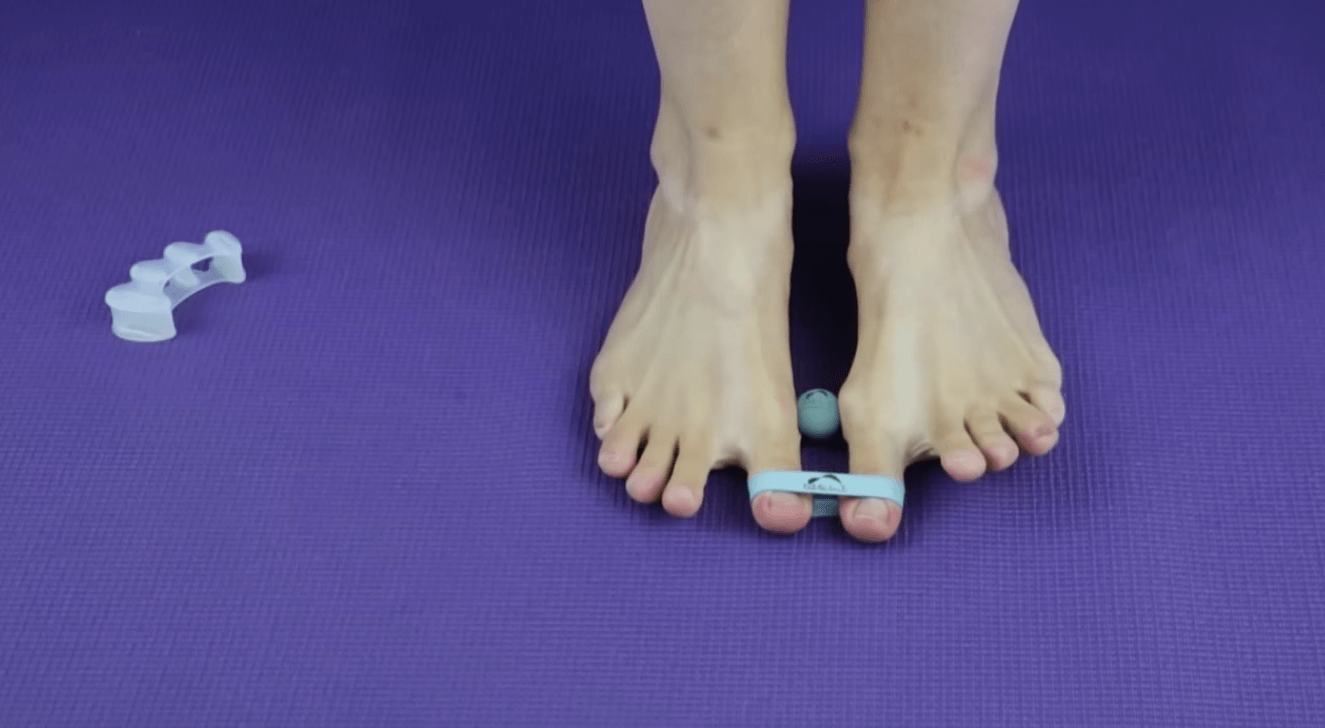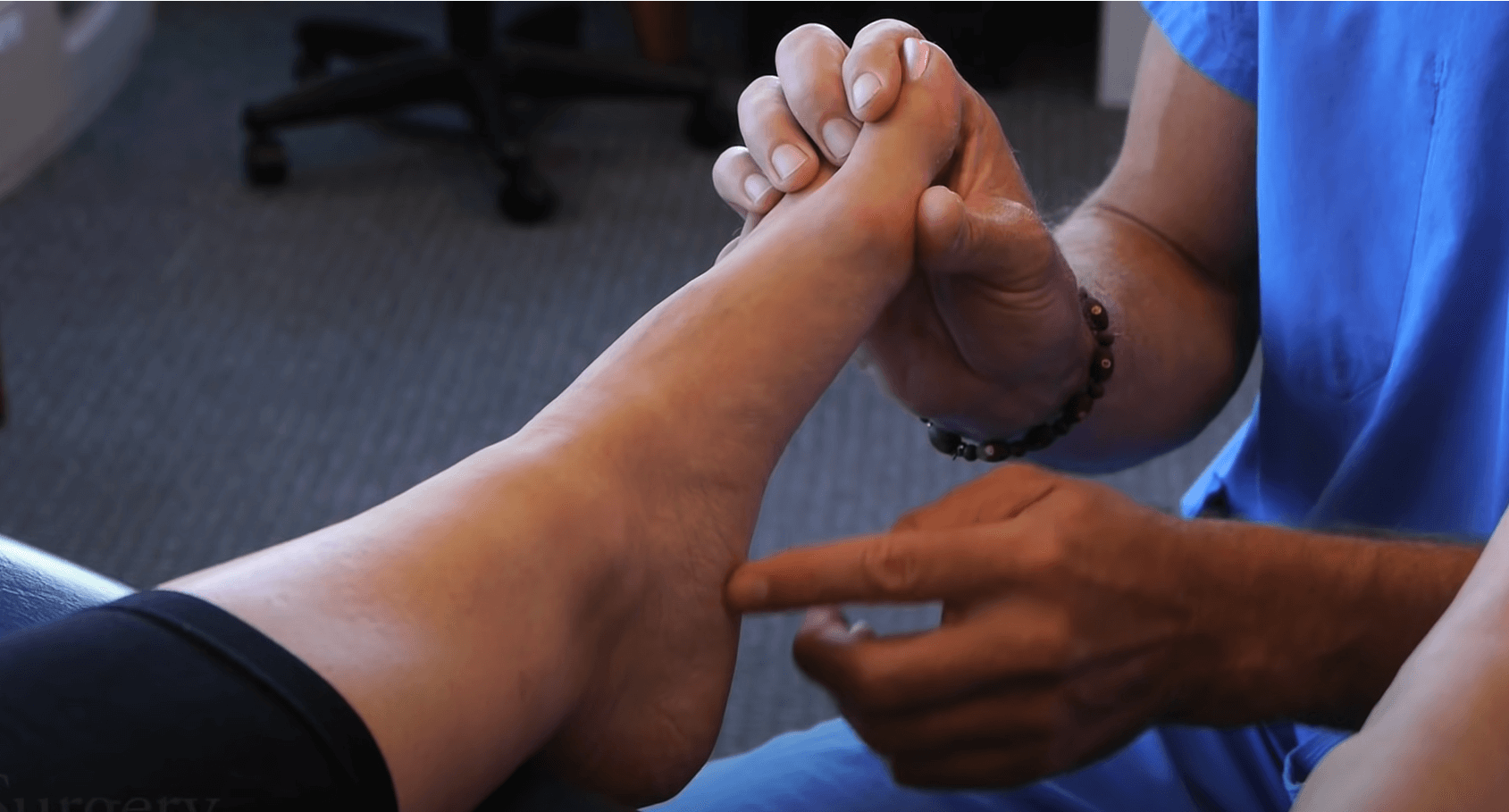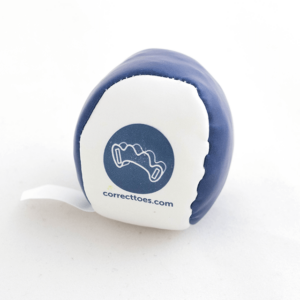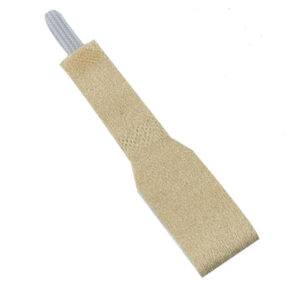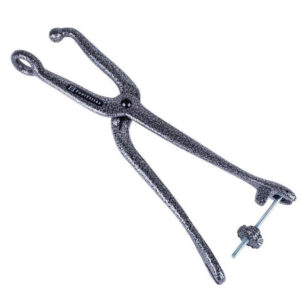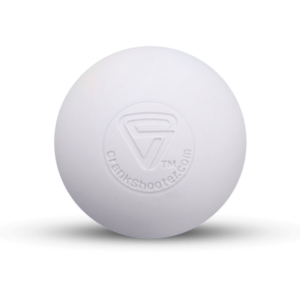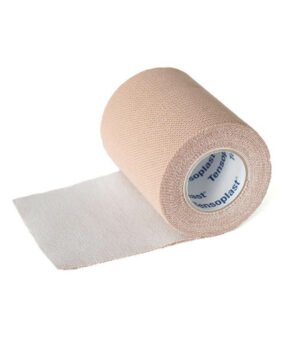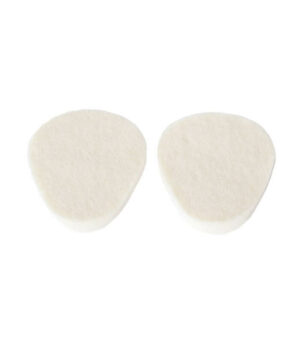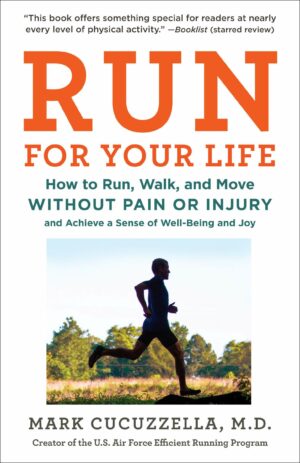The following quotes are pulled from the study conducted by Craig E Richards, Parker J Magin and Robin Callister from the British Journal of Sports Medicine. The study was designed to see if the traditionally prescribed distance running shoe is based on scientific information.
“Distance runners are notorious for their high rates of minor musculoskeletal injury, with 37-56% of average recreational runners becoming injured at least once each year.[1] In recreational and competitive runners alike, running injuries almost exclusively affect the lower limb and are primarily due to chronic overloading rather than acute traumatic events. Our capacity to prevent such injuries is currently limited, with training advice and footwear prescription forming the mainstays.[2] As such, the prescription of the right running shoe, either alone or in concert with an orthotic, is considered a crucial and highly valued skill.”
“Since the 1980s, distance running shoes with elevated heavily cushioned heels and features to control sub-talar motion have been consistently recommended to footwear prescribers as the gold standard for injury prevention.[2-6] Prescribed on the basis of foot type, over-pronators, mild pronators and supinators are prescribed ‘motion control’, ‘stability’ and ‘cushion’ shoes respectively.[4,6] In the absence of existing nomenclature to describe these shoes as a group, we propose the term ‘Pronation control, Elevated Cushioned Heel’ (PECH) running shoes.”
“The use of cushioning in running shoes is based on the following assumptions: 1) that impact forces whilst running are a significant cause of injury, 2) that running on hard surfaces is a cause of high impact forces, 3) that a cushioned shoe can reduce impact forces to a less injurious level, and 4) that the potential of the cushioning to itself cause injury is minimal.”
“It has been suggested that an elevated heel is incorporated into the PECH shoe to decrease Achilles tendon strain and thus Achilles tendon injury.[3,12] It also allows placement of a substantive heel cushioning system.”
“The protective effect of normalising sub-talar joint motion is built on the following assumptions: 1) that over-pronation and supination are causally linked to overuse injuries, 2) that promoting limited pronation reduces this risk, and 3) that PECH shoes are an effective means of reducing injuries via this approach.”
“No articles were identified that reported original research addressing the capacity of PECH shoes to prevent injury. Six systematic reviews were identified whose scope included interventions to prevent injuries in runners, or injuries common in runners.[21-26] Two were outdated systematic reviews for which updated versions were identified.”
“If we accept this finding, we are then faced with the realisation that we have been prescribing a therapy without proven benefit for over twenty years. Worse still, these footwear prescription practices have not gone uncontested in the literature. Despite the absence of a systematic review specifically addressing the capacity of PECH shoes to prevent injury, the lack of evidence for their use and their potential to cause injury has been raised by a number of authors, including leading authorities in the field.”
To read the entire study click here.




